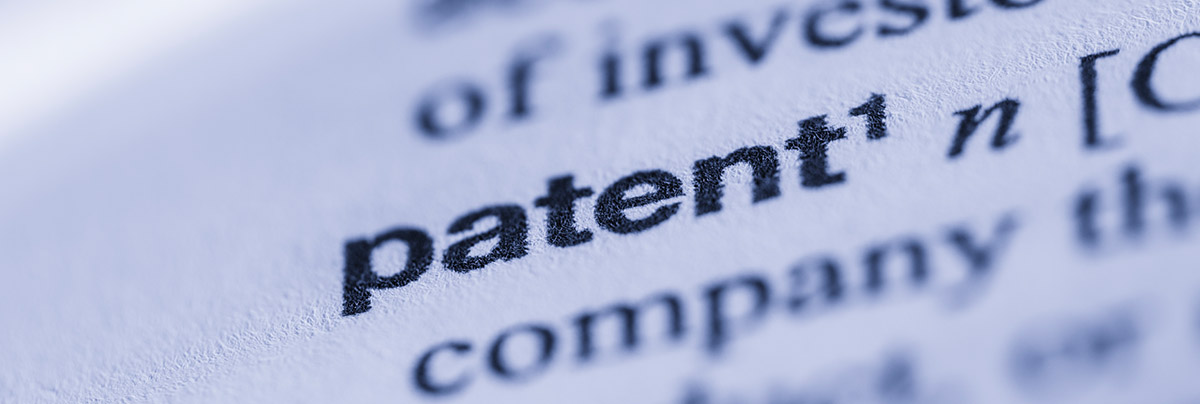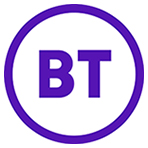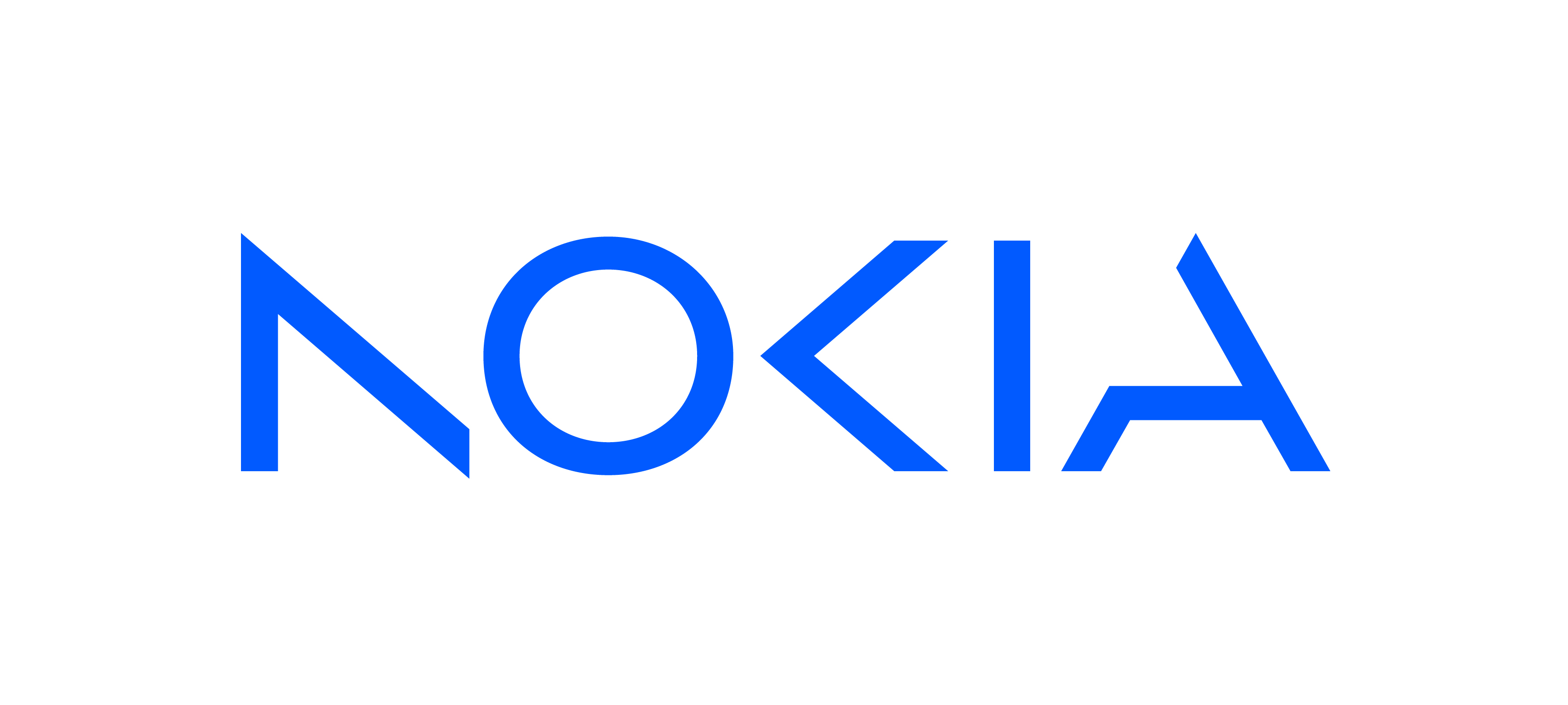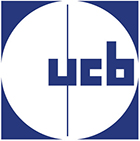Publications

Total Documents: 26
 Privilege on intellectual property law advice and patent attorneys and levelling up?
Privilege on intellectual property law advice and patent attorneys and levelling up?
Introduction and who gets legal advice privilege
In common law jurisdictions legal advice privilege is generally afforded to communications between a lawyer and their client. In the UK the right to legal professional privilege is a general rule of our common law that communications between a lawyer and their client should be privileged from disclosure. The underlying principle is that legal advice privilege is in the public interest and a person should be able to make full and free disclosures to their legal advisors, even where such disclosures could be adverse to their interests were they made to a third party.
 Patent Harmonisation Activities
Patent Harmonisation Activities
1. Introduction
There have been two main areas of activity concerning attempts to harmonise and improve the patent system in 2021: Substantive patent law harmonisation (SPLH) in conjunction with the B+ group of WIPO nations and procedural harmonisation before the IP5 group of Patent Offices. Pilot for “PCT-IP5 search” / “CS&E”: update
Pilot for “PCT-IP5 search” / “CS&E”: update
Pilot doing well so far, still open to PCT applicants until 30 June 2020
Subject to the successful conclusion of a pilot, which began on 1 July 2018 and closes to volunteering PCT applicants on 30 June 2020, it is hoped that in a few years’ time all PCT applicants will be offered a procedural option providing for – one of the IP5 offices (European, US, Japanese, Chinese, and Korean) receiving a PCT application to act as a “main ISA” leading a collaborative exercise, the result of which will be that the main ISA issues a search report and written opinion in Chapter I based on both its own work and on inputs from the other four offices (called “peer ISAs”). Such an option is currently officially called “PCT collaborative search and examination (CS&E)”; but to avoid possible confusion with other initiatives (and possible future renaming), in this report it is called “PCT-IP5 search”. Patent harmonisation
Patent harmonisation
Substantive Patent Law Harmonisation (SPLH)
Representatives of the IP Federation have continued to play a leading role in the development of global thinking on improving the international patent system, especially through increased harmonisation of substantive law. Currently the patent laws of leading industrial nations or regions, such as the US, Japan and Europe, differ on several fundamental principles. While business has become accustomed to managing these differences, greater harmonisation of patent laws would bring considerable benefits through reduced transaction costs in global patenting and lower obstacles to trade. Crucially though, the resulting system must offer the best incentives to invent, and rewards for investment in innovation. Patent harmonisation
Patent harmonisation
 Policy Advisors Policy
Policy Advisors Policy
The IP Federation recognises and values the ongoing contributions made by many of its former member representatives, some of whom have previously continued to be part of the Federation as elected vice-presidents. The title of “vice-president” is now reserved for specific positions within the Federation and is therefore no longer available for other purposes. The Federation wishes to create a new class of associate to which former member representatives who continue to contribute to the ongoing work of the Federation may belong. This type of associate is called a “policy advisor”. This policy is intended to set out the principles by which the Federation selects and engages with its policy advisors.
 President and VPs Election Policy
President and VPs Election Policy
The IP Federation relies heavily on the work carried out on its behalf by the president. The Federation recognises that the burden of the office of president could be eased by appointing vice-presidents to assist with the duties of the president. The Federation also recognises that there is benefit to be had in continuity as far as the office of president is concerned. This policy sets out the process by which the Federation intends to select and appoint presidents and vice-presidents.
 Patent Harmonisation – What is happening?
Patent Harmonisation – What is happening?
There are a number of patent harmonisation initiatives ongoing, some driven by the IP5 Offices and some through WIPO and the informal B+ subgroup. Most of these initiatives are concerned with procedural improvements aimed at making the patent prosecution process simpler to the benefit of the offices and users. However, since 2013 there has been a major push towards substantive patent law harmonisation driven by the chair of the Group B+, John Alty.
The Global Dossier (GD) project arose out of work initiated by the Trilateral Offices including that on the Common Application Format (CAF) and Common Citation Document (CCD), with the purpose of agreeing common procedures between the Offices. Both CAF and CCD have subsequently been taken over by the IP5 Heads.
 Patents and Standards
Patents and Standards
In October 2014, the European Commission began a public consultation on patents and standards. The aim of this consultation was to gather information and views on interplay between standardisation and intellectual property rights (IPR) such as patents. The purpose of the consultation was to allow stakeholders interested in standardisation involving patents to bring to the Commission’s attention their views on:
–how the current framework governing standardisation involving patents performs; and
–how it should evolve to ensure that standardisation remains efficient and adapted to the fast-changing economic and technological environment.


































